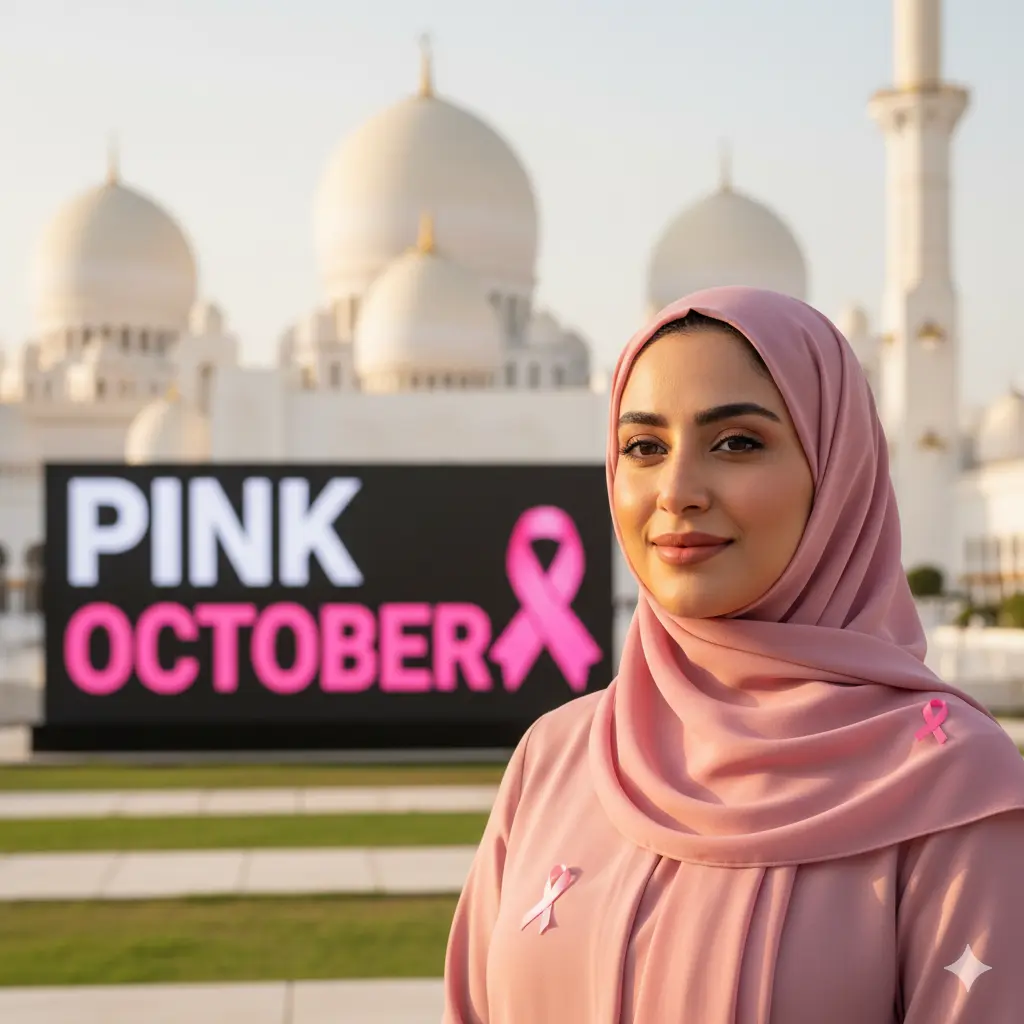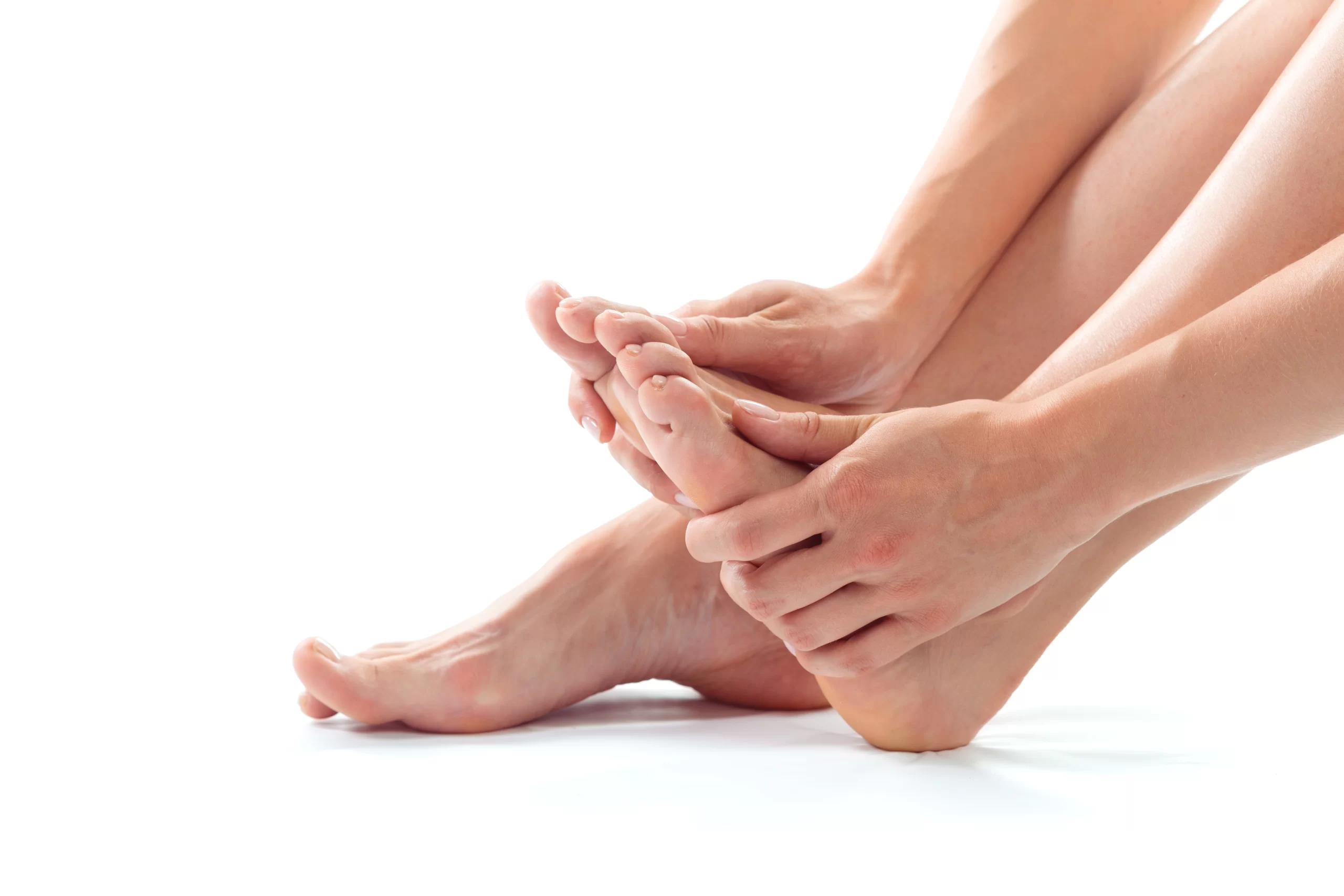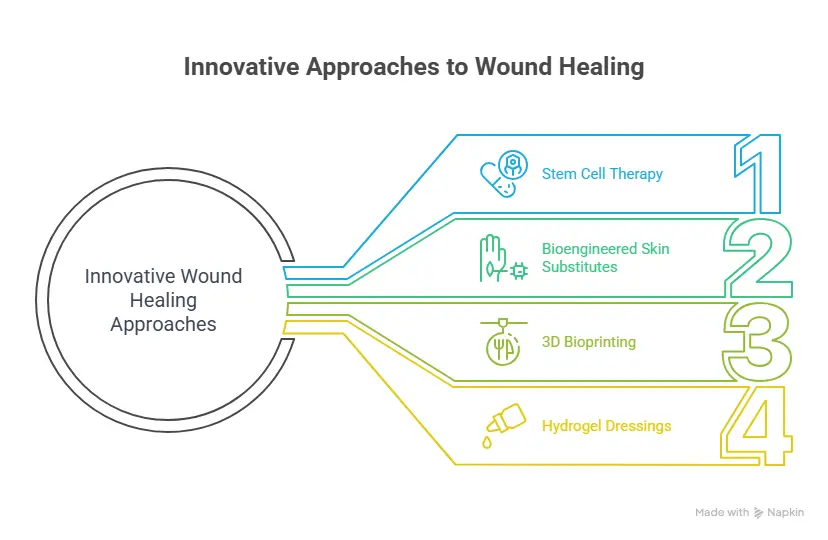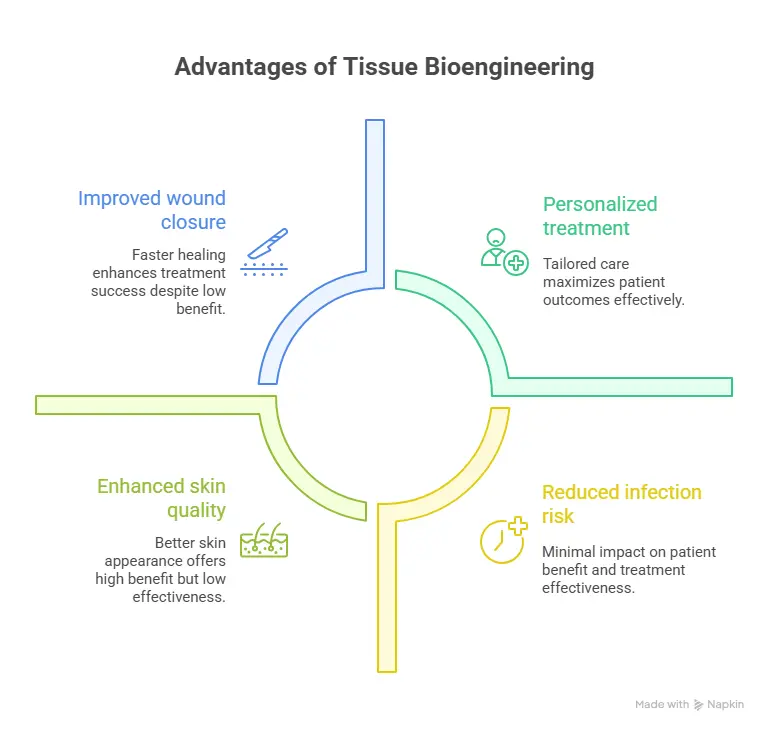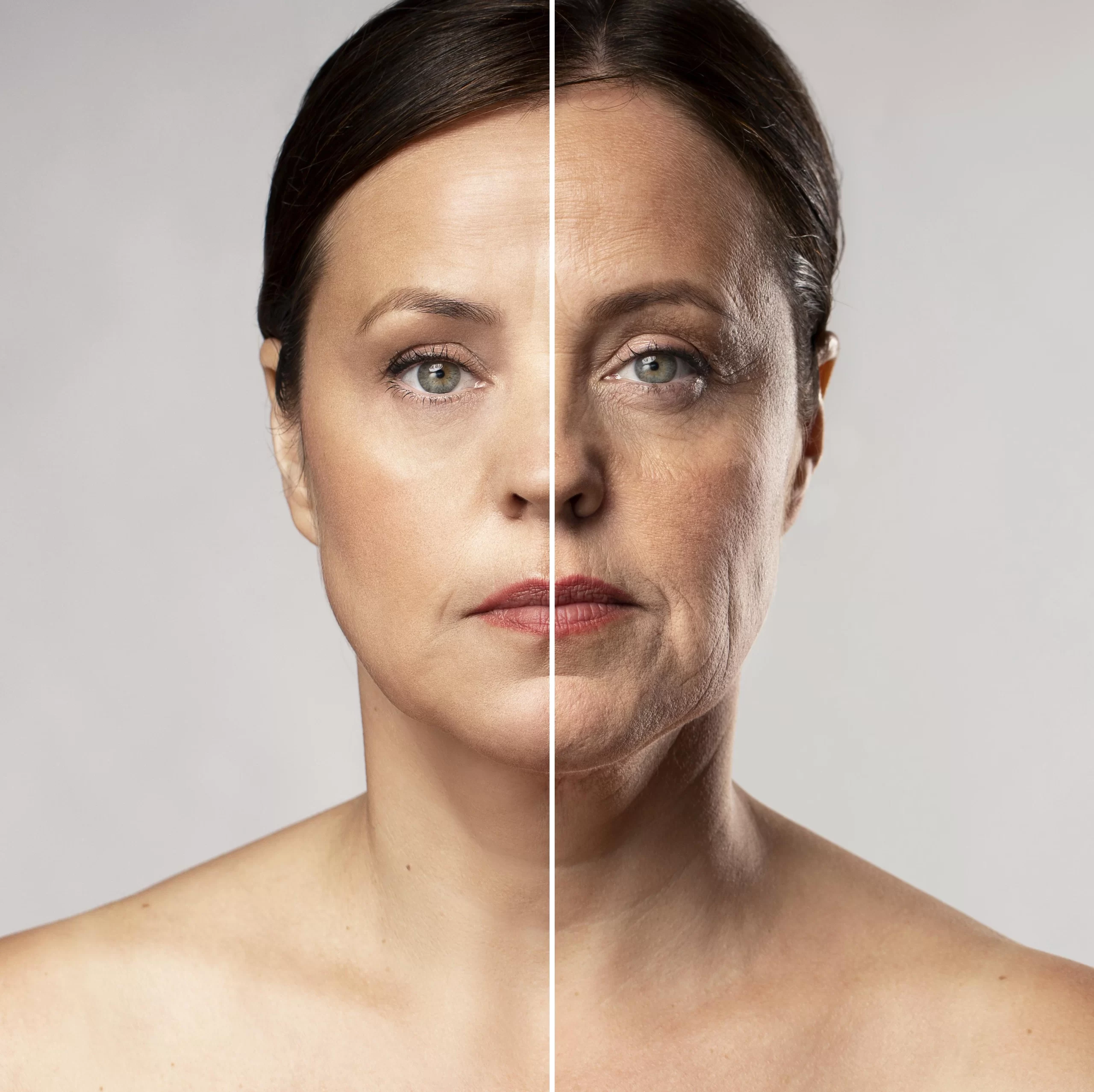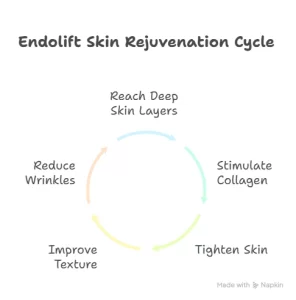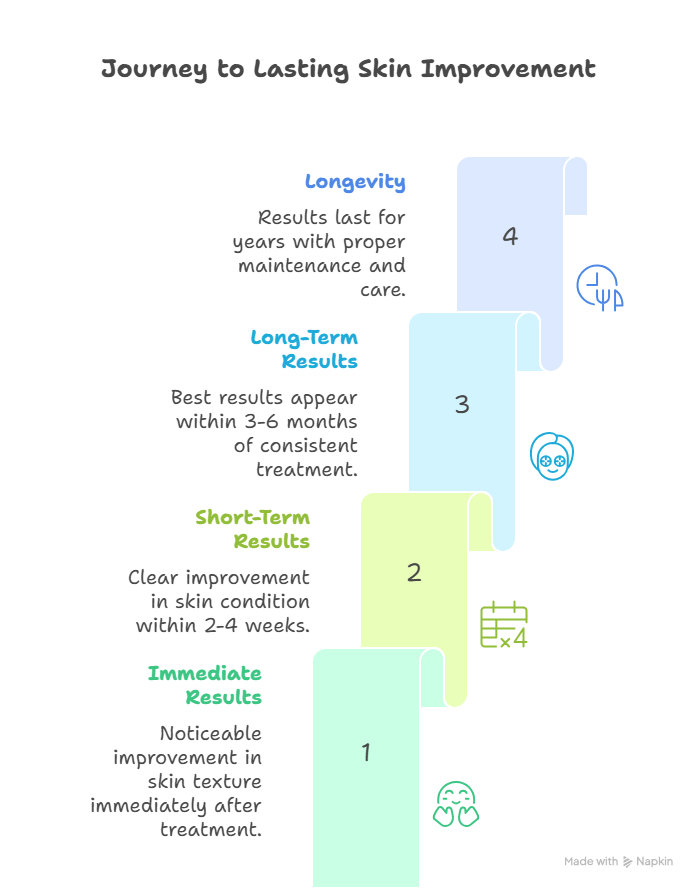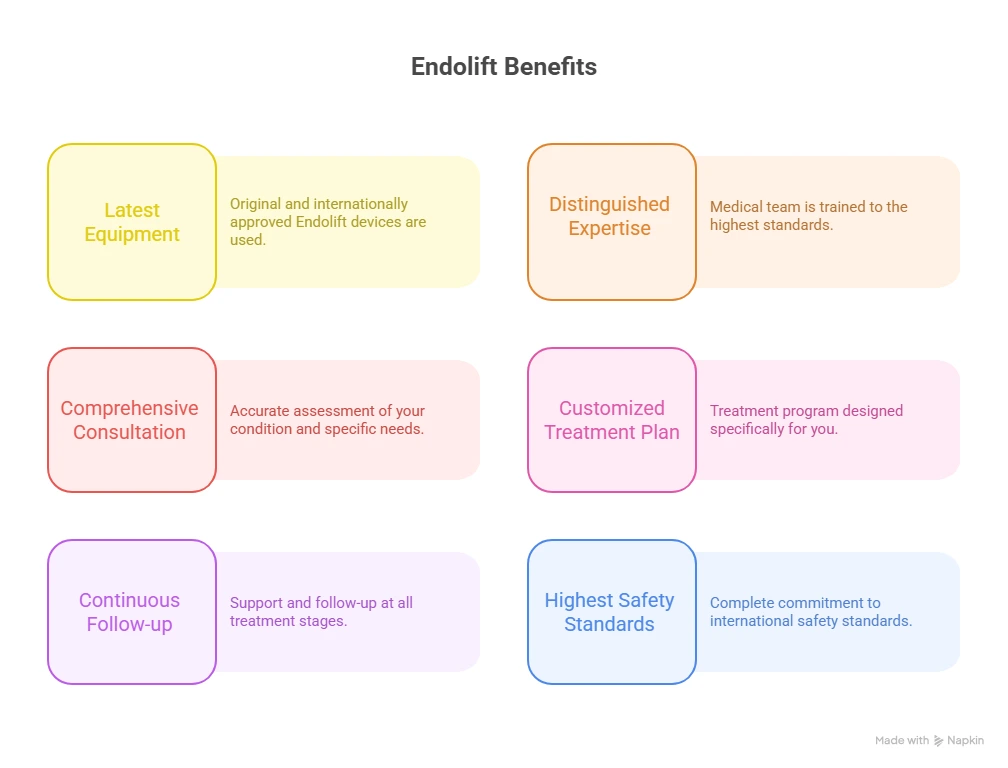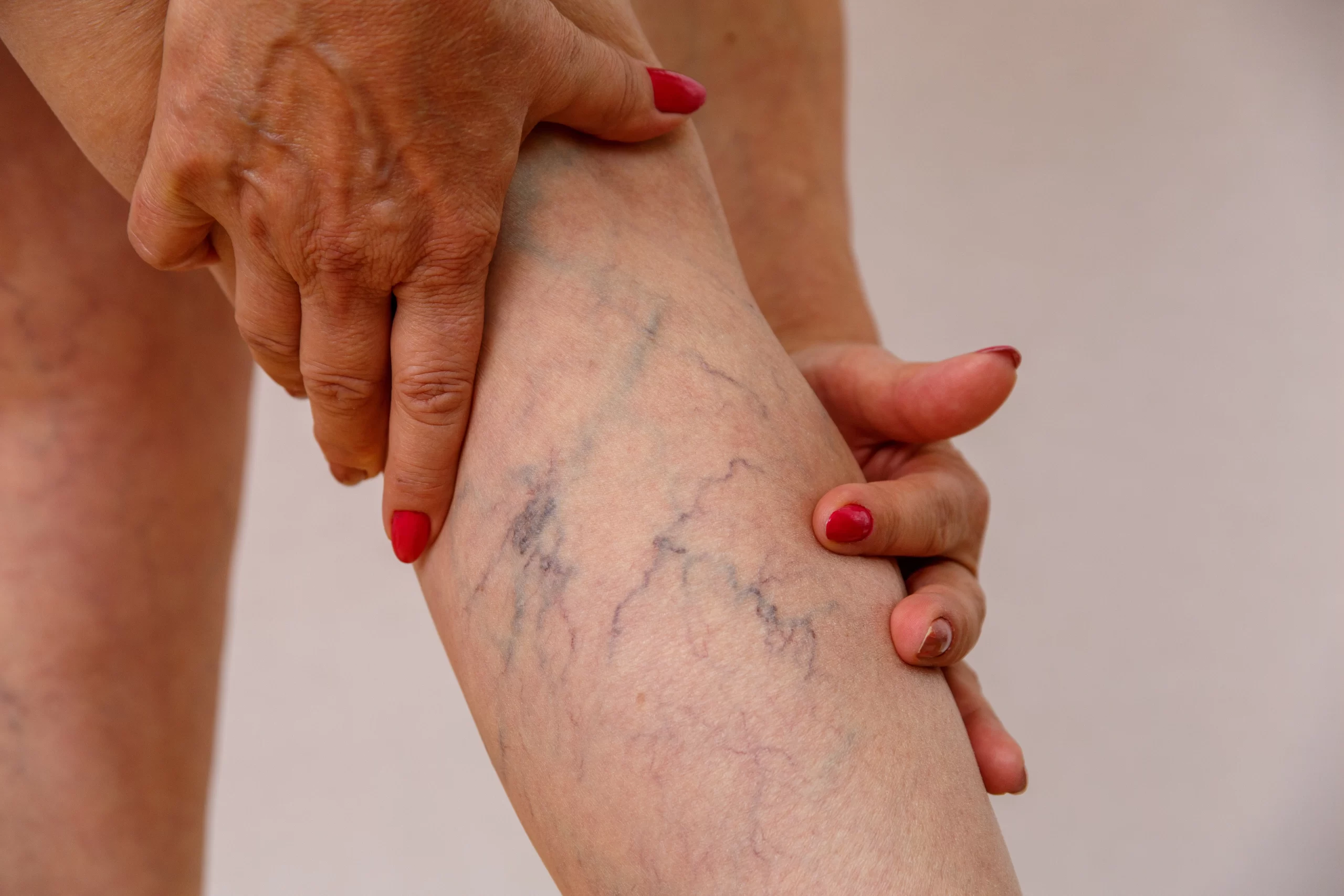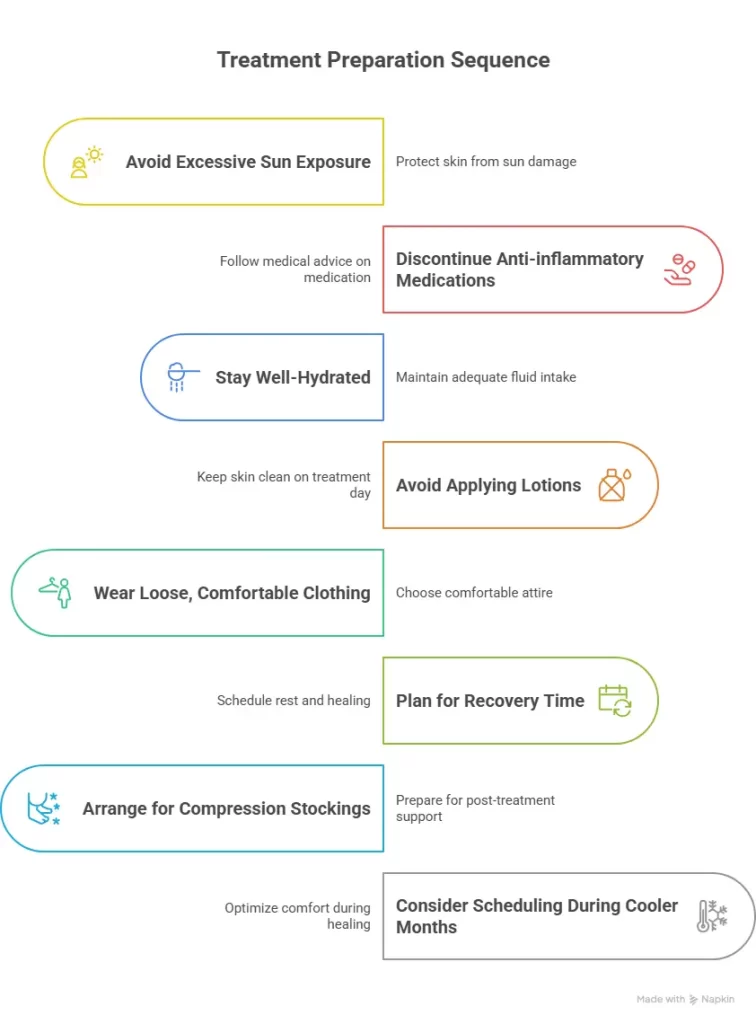October is more than just the arrival of autumn—it’s Pink October, a month dedicated to raising awareness about breast cancer, supporting survivors, and honoring those we’ve lost. This comprehensive guide will help you understand breast cancer, recognize early warning signs, and learn how you can make a difference.
What is Pink October?
Pink October, officially known as Breast Cancer Awareness Month, is an annual international health campaign held every October. Established in 1985, this movement aims to increase awareness of breast cancer, promote early detection, and raise funds for research into its causes, prevention, diagnosis, treatment, and cure.
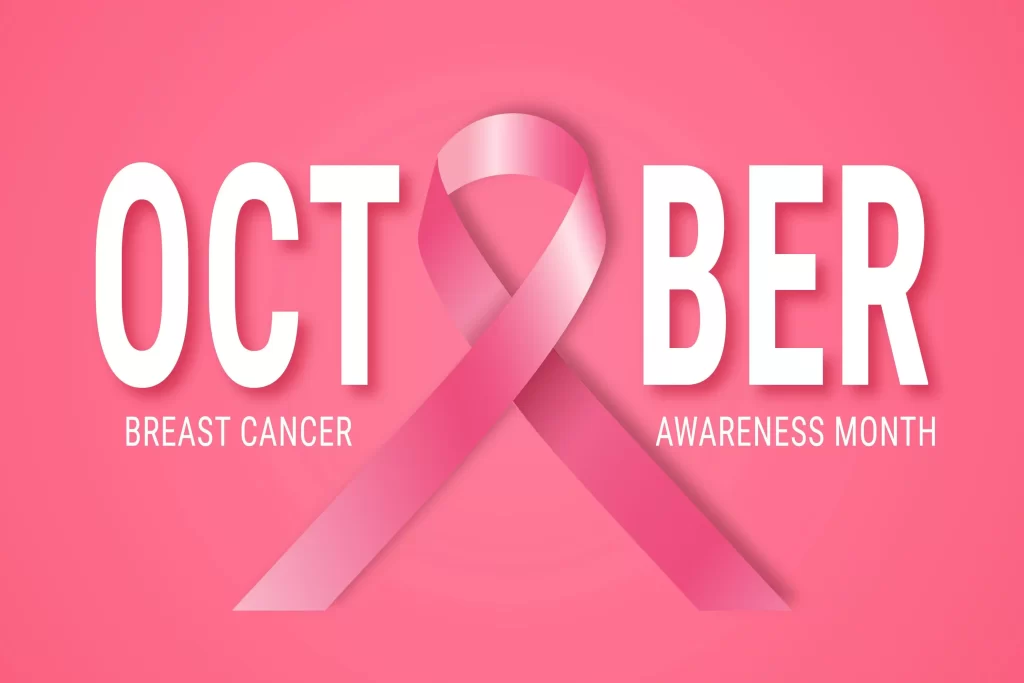
The iconic pink ribbon has become the universal symbol of breast cancer awareness, representing hope, strength, and solidarity with those affected by this disease.
Why Breast Cancer Awareness Matters?
Breast cancer is one of the most common cancers affecting women worldwide, but it’s also one of the most treatable when detected early. Understanding the facts can save lives:
The Statistics
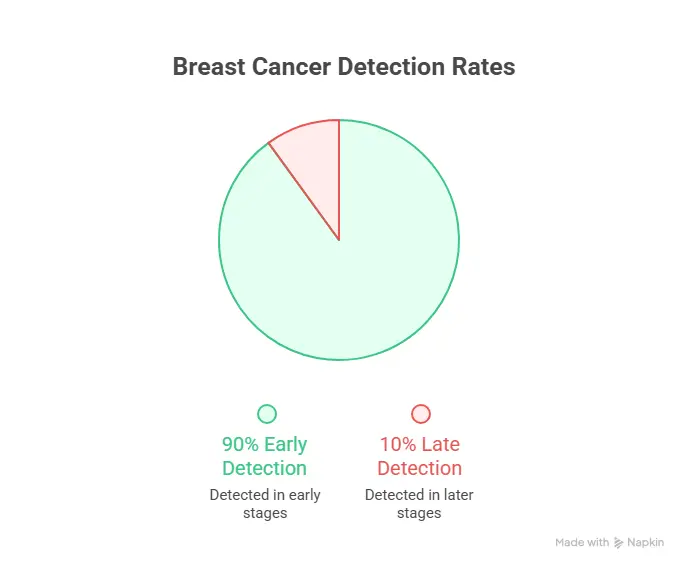
Breast cancer affects millions of women globally each year, and while less common. Early detection through regular screening significantly increases survival rates, with a detection rate above 90% when caught in early stages.
When breast cancer is detected early, before it has spread beyond the breast, the survival rate is significantly higher. Regular screenings, self-examinations, and awareness of changes in your body are crucial tools in the fight against breast cancer.
Understanding Breast Cancer
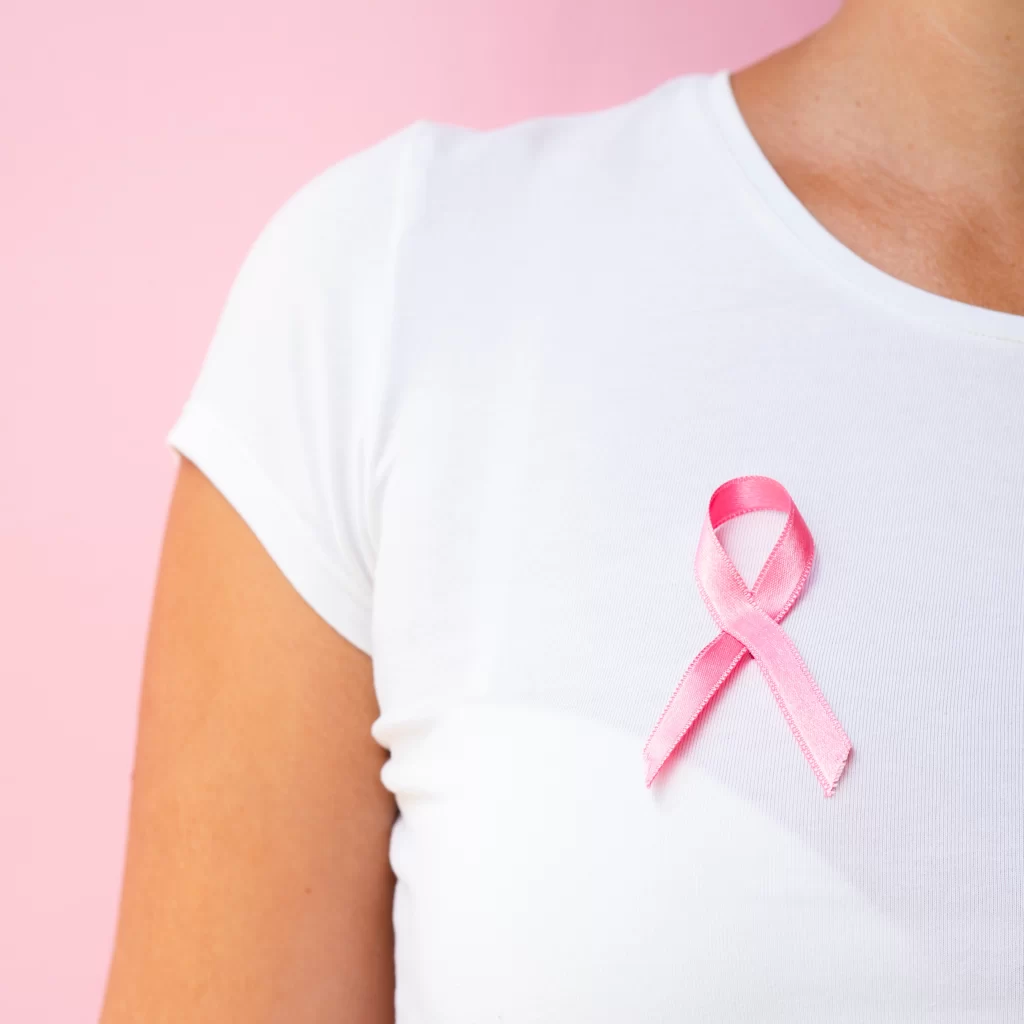
Breast cancer occurs when cells in the breast grow abnormally and uncontrollably, forming a tumor. These cells can invade nearby tissues or spread to other parts of the body through the bloodstream or lymphatic system.
Types of Breast Cancer
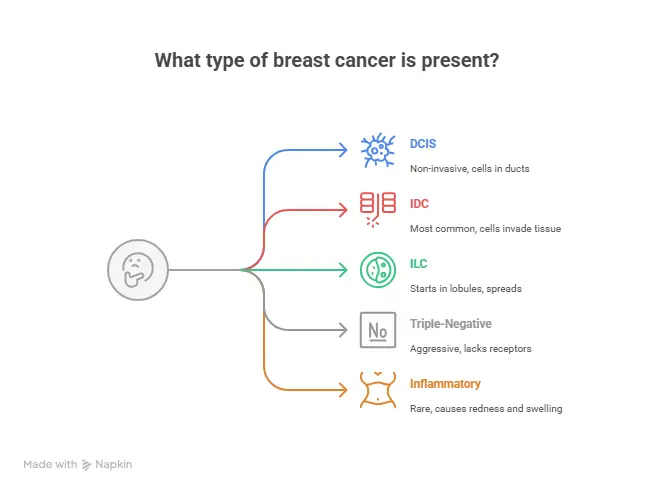
Risk Factors
While anyone can develop breast cancer, certain factors increase risk:
Non-Modifiable Factors:
- Being female (though men can get breast cancer)
- Increasing age (risk rises after 50)
- Family history and genetic mutations (BRCA1 and BRCA2)
- Personal history of breast cancer
- Dense breast tissue
- Early menstruation or late menopause
- Radiation exposure to the chest
Lifestyle Factors:
- Obesity and physical inactivity
- Alcohol consumption
- Smoking
- Hormone replacement therapy
- Never having children or having first child after age 30
- Not breastfeeding
Early Detection: Your Best Defense
The Importance of Screening
Regular screening is the most effective way to detect breast cancer early. Screening guidelines vary, but generally include:
Monthly Self-Examinations: Starting at age 20, women should perform regular breast self-exams to become familiar with how their breasts normally look and feel.
Clinical Breast Exams: Healthcare providers should perform clinical breast exams during regular checkups.
Mammograms: Women should begin annual or biennial mammograms starting at age 40-50, or earlier if they have risk factors.
How to Perform a Breast Self-Exam?
In the Shower: Using the pads of your fingers, move around your entire breast in a circular pattern from the outside to the center, checking the entire breast and armpit area. Check both breasts each month, feeling for any lumps, thickening, or hardened knots.
In Front of a Mirror: Visually inspect your breasts with your arms at your sides, then raised overhead. Look for changes in size, shape, contour, or dimpling of the skin. Check for changes in the nipples.
Lying Down: Place a pillow under your right shoulder and put your right arm behind your head. Using your left hand, move the pads of your fingers around your right breast in circular motions covering the entire breast and armpit area. Repeat on the left side.
Warning Signs to Watch For
Contact your healthcare provider if you notice:
- A new lump or mass in the breast or underarm
- Swelling of all or part of the breast
- Skin irritation or dimpling (orange peel texture)
- Breast or nipple pain
- Nipple retraction (turning inward)
- Redness, scaliness, or thickening of nipple or breast skin
- Nipple discharge (other than breast milk)
- Change in breast size or shape
- Any unexplained changes in your breasts
Remember: Most breast lumps are not cancerous, but any changes should be evaluated by a healthcare professional.
Treatment Options
Breast cancer treatment has advanced significantly, and options depend on the type, stage, and individual factors:
Surgery
- Lumpectomy: Removal of the tumor and a small amount of surrounding tissue
- Mastectomy: Removal of one or both breasts, partially or completely
- Reconstructive surgery: Rebuilding the breast shape after mastectomy
Radiation Therapy
Uses high-energy rays to kill cancer cells, often used after surgery to eliminate remaining cancer cells.
Chemotherapy
Medications that destroy cancer cells throughout the body, used before or after surgery or for advanced cancer.
Hormone Therapy
Blocks hormones that fuel certain breast cancers, used for hormone-receptor-positive cancers.
Targeted Therapy
Drugs that target specific characteristics of cancer cells, such as HER2-positive breast cancer.
Immunotherapy
Helps the immune system recognize and attack cancer cells.
How can I support someone with breast cancer?
Support comes in many forms. Practical help is invaluable: offer specific assistance like preparing meals, driving to appointments, caring for children, or helping with household tasks. Emotional support matters too—listen without trying to fix everything, avoid minimizing their feelings, and let them guide conversations about their diagnosis. Respect their privacy and don’t share their story without permission. Small gestures like sending cards, care packages, or simply being present make a difference. Avoid comparing their experience to others or offering unsolicited advice. Sometimes the best support is just showing up consistently throughout their journey.

